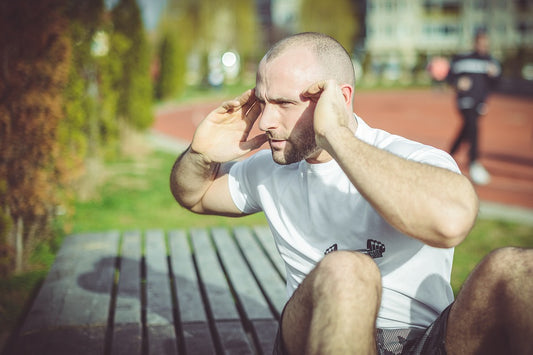CrossFit
Tips for Cross Training Endurance
Different workouts will work for different people, too. This is because each type of CrossFit workout that has emerged and gained a following for itself has different specific styles to...
Tips for Cross Training Endurance
Different workouts will work for different people, too. This is because each type of CrossFit workout that has emerged and gained a following for itself has different specific styles to...

The Best Cross Training Workout Plan for Great Abs
The Mountain climber To lose fat and tone your lower ab muscles you must engage in aerobic exercise. Mountain climber luckily for you provides a total-body and cardiovascular CrossFit workout. You...
The Best Cross Training Workout Plan for Great Abs
The Mountain climber To lose fat and tone your lower ab muscles you must engage in aerobic exercise. Mountain climber luckily for you provides a total-body and cardiovascular CrossFit workout. You...

Cross Training training - How to Get Fit at the...
At the beginning of every year, millions of people make resolution goals to live healthier and get in better shape. However, hitting the CrossFit gym each day can feel like...
Cross Training training - How to Get Fit at the...
At the beginning of every year, millions of people make resolution goals to live healthier and get in better shape. However, hitting the CrossFit gym each day can feel like...

Four Essential Leg Cross Training Workout Moves...
The sheer number and breadth of lower-body exercises can make creating a good leg workout intimidating. This is why we have done the work for you. These four essential moves...
Four Essential Leg Cross Training Workout Moves...
The sheer number and breadth of lower-body exercises can make creating a good leg workout intimidating. This is why we have done the work for you. These four essential moves...

Reasons on Why You feel Tired Even Before Doing...
If you always happen to suffer from that two o’clock fatigue syndrome, even in the morning hours, well this article is for you. Sometimes it’s not only lack of exercise...
Reasons on Why You feel Tired Even Before Doing...
If you always happen to suffer from that two o’clock fatigue syndrome, even in the morning hours, well this article is for you. Sometimes it’s not only lack of exercise...
Know some Best Cross Training Supplements
For you to get it right in the WOD life, you have to know the building blocks of a successful CrossFit regime. You may have heard of how exercises are...
Know some Best Cross Training Supplements
For you to get it right in the WOD life, you have to know the building blocks of a successful CrossFit regime. You may have heard of how exercises are...

